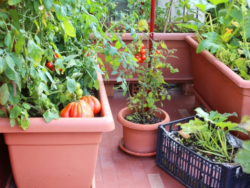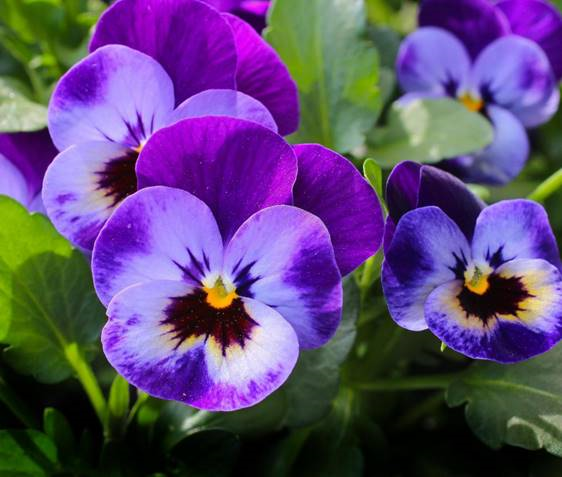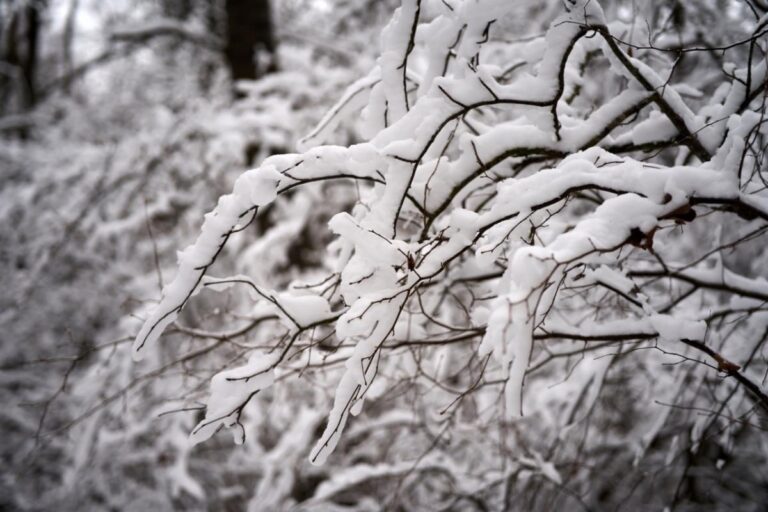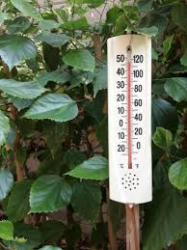
What is too hot?
This will depend on the plants –
- Cool season plants like pansies, snapdragons, and veggies like broccoli, lettuce, etc. don’t like temps above 75.
- You will see those veggies bolt, (Go to flower and seed).
- Warm season plants like tomatoes, peppers, squashes, zinnia, impatiens, & annual vinca love & thrive in warm temps (75-90).
- But when we get in the mid and upper 90’s to 100 even those can slow production or suffer.
- Newly planted perennials, trees & shrubs too can suffer.
- The more mature a plant is the better it should be able to withstand the heat.
It’s hot outside – Should I water more?
- Not necessarily. Plants may look wilted just as a reaction to the afternoon heat, they may bounce back in the cooler evenings.
- If that happens, they don’t need water, if they are still wilted in the AM, they need water.
- If you just water without knowing how much moisture is in the soil, you may overwater them.
- Plants can temporarily shut down all their functions when we get to the high 90’s.
Solution: Get a water meter! AND Water deeply, not just during the heat spell, but all the time.
- Train the roots to go deeper for water.
- The deeper the roots go to get water the better off they are when the heat or stress comes.
- The top few inches of soil dries out much quicker than the deeper soil.
- This is true of all plant categories – annuals, perennials, shrubs, trees & veggies!
Remember plants are pretty resilient.
- Just like people – keep your plants as healthy as possible!
- When they are healthy, they will be more resilient when stressed by the heat of other environmental elements.
Click “DO IT FOR ME” to request a FREE quote.

Source: customer-service@bestyard.com in collaboration with Associated Landscape Contractors of Colorado




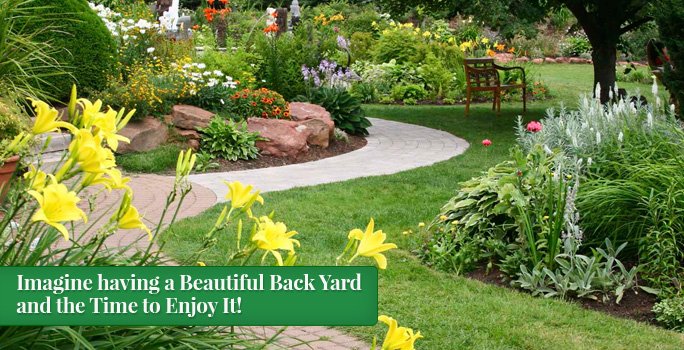






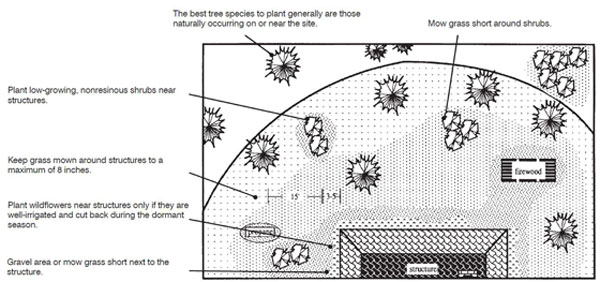
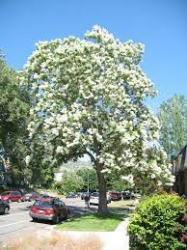 The ground is warm, we shouldn’t have any more freezes (fingers crossed),
The ground is warm, we shouldn’t have any more freezes (fingers crossed),